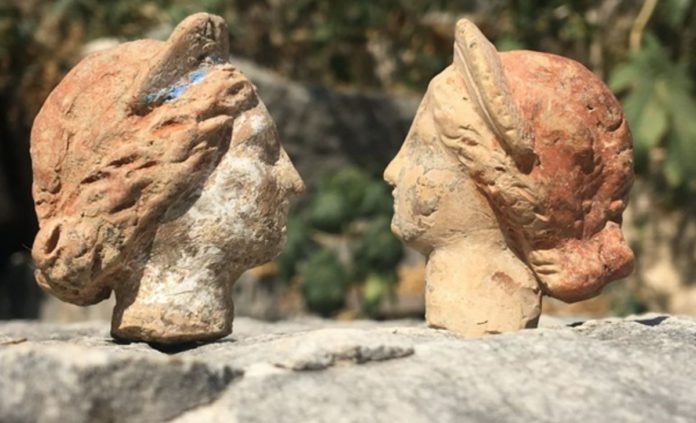A unique collection of figurines sheds light on the mysteries of the Hellenistic period of Myra and Lycia.
During excavations in southwestern Turkey, archaeologists have discovered dozens of terracotta figurines of gods, goddesses, men, women, and animals over 2,000 years old.
It is noted that the statuettes were found on the territory of the ancient city of Mira in the Turkish province of Antalya. Some of them have preserved paint and inscriptions.
- Does This Mean We Stopped Being Animal and Started Being Human Due to ‘Copy Paste’ Errors?
- The One Lifestyle Choice That Could Reduce Your Heart Disease Risk By More Than 22%
- Aging: This Is What Happens Inside Your Body Right After Exercise
- Immune-Boosting Drink that Mimics Fasting to Reduce Fat – Scientists ‘Were Surprised’ By New Findings
- Gun Violence in America: What They Don’t Talk About at the Debate
“The collection of figurines gives us detailed information about what existed in the mysterious world under a thick layer of silt in the first and second centuries BC,” the head of the Nevzat Cevik, Professor of Archaeology at Acdeniz University in Turkey.
“The collection of figurines gives us detailed information about what existed in the mysterious World under a thick layer of silt in the first and second centuries BC,” said study leader Nevzat Çevik, professor of archeology at Akdeniz University in Turkey.
According to him, the finds provide “important clues about the Hellenistic period of Myra and Lycia.”
